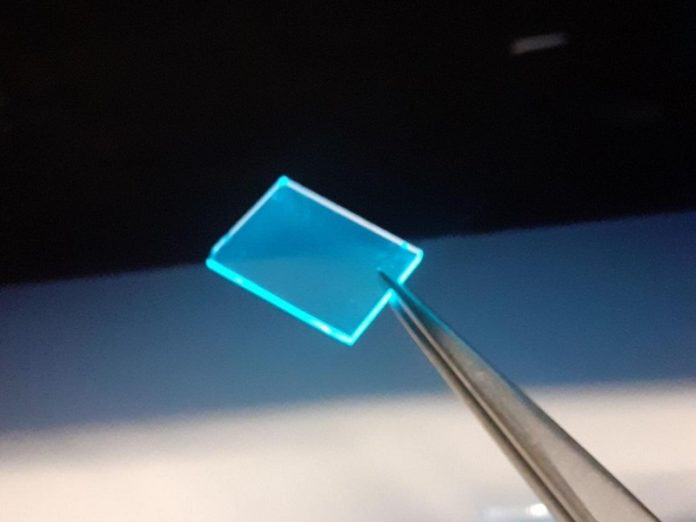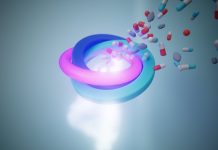
A team of chemists in Prague has created a new type of molecule that can act like a magnet when exposed to light—and, unlike previous versions, it stays active for hours instead of just milliseconds.
The breakthrough could pave the way for more efficient chemical processes, new data storage technologies, and even medical treatments against antibiotic-resistant bacteria.
The discovery comes from researchers at the University of Chemistry and Technology, Prague (UCT Prague), working with colleagues from the Institute of Organic Chemistry and Biochemistry of the Czech Academy of Sciences (IOCB Prague).
Their work, published in the Journal of Materials Chemistry C, describes a new photoswitchable molecule, a thienyl-based acylhydrazone.
Photoswitches are molecules that can flip between two states when triggered by light. What makes this one unique is that it shifts from a stable, non-magnetic form to a long-lived magnetic state known as a triplet state.
In this state, two electrons spin in the same direction, which makes the molecule paramagnetic—able to interact strongly with magnetic fields—and highly reactive.
This state is important in many chemical and biological processes, but in most molecules it only lasts for billionths of a second.
In the new molecule, the magnetic state lasts for more than six hours, an unprecedented achievement.
“Such a long-living triplet state is truly surprising,” said Petr Kovaříček of UCT Prague, who led the study.
“For a long time, I didn’t believe it was possible.” He credited doctoral student Martin Šetek and colleagues Dana Nachtigalová and Ján Tarábek for key contributions to the work, which took three years to verify.
The team has already demonstrated practical uses. In catalysis, the light-switched molecule works as a powerful radical initiator, driving chemical reactions such as the bromination of toluene.
In electronics, the molecule could form the basis of data storage systems and spintronic devices. Information can be “written” with light, “read” magnetically, and instantly erased with an electrical pulse—creating a complete write-read-erase cycle.
Perhaps the most exciting potential lies in medicine. When activated by light, the molecule produces reactive oxygen species (ROS), which can destroy dangerous microbes.
Tests have shown that these molecules can wipe out over 99.99% of bacteria and fungi, including drug-resistant strains like golden staph (Staphylococcus aureus). Importantly, ROS are only produced where light is applied, which could make the treatment safer by targeting only infected tissue.
Another advantage is cost.
The molecules are simple and inexpensive to produce—just $43 per kilogram at laboratory scale—making them highly accessible for future applications. The medical potential was discovered by chance when a student noticed the molecules destroyed DNA samples with startling efficiency.
Now, the team is planning follow-up studies to explore their use as a new weapon against antibiotic resistance.
This breakthrough shows how a simple spark of light can unlock hours of magnetic activity, opening new horizons in chemistry, technology, and healthcare.



